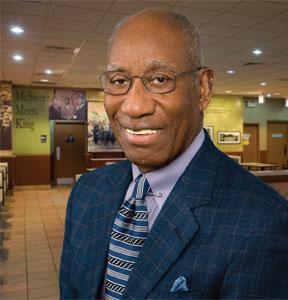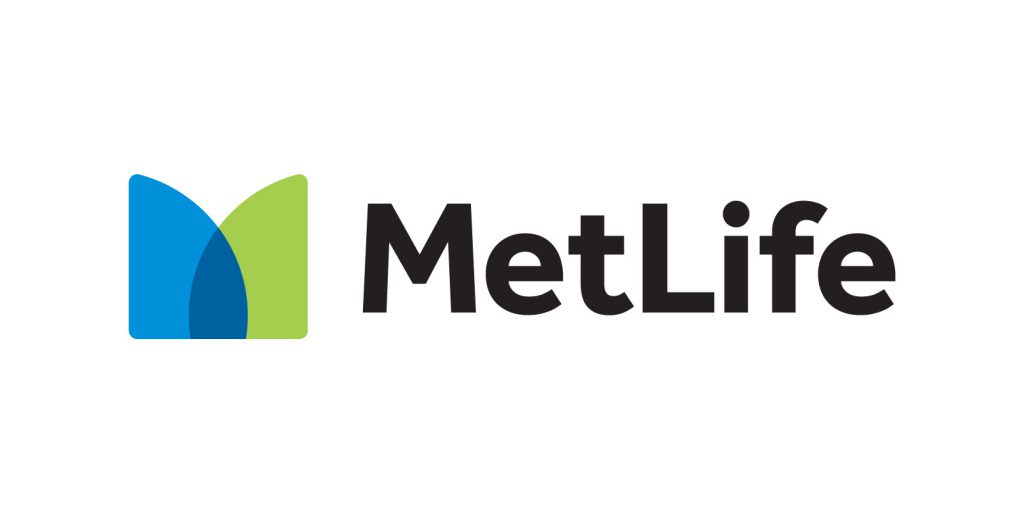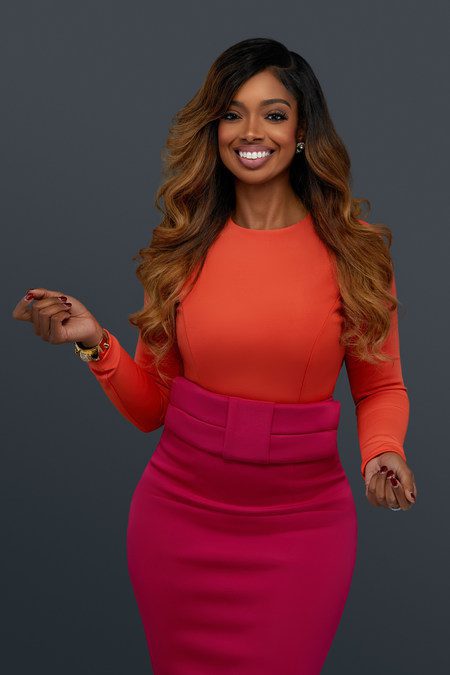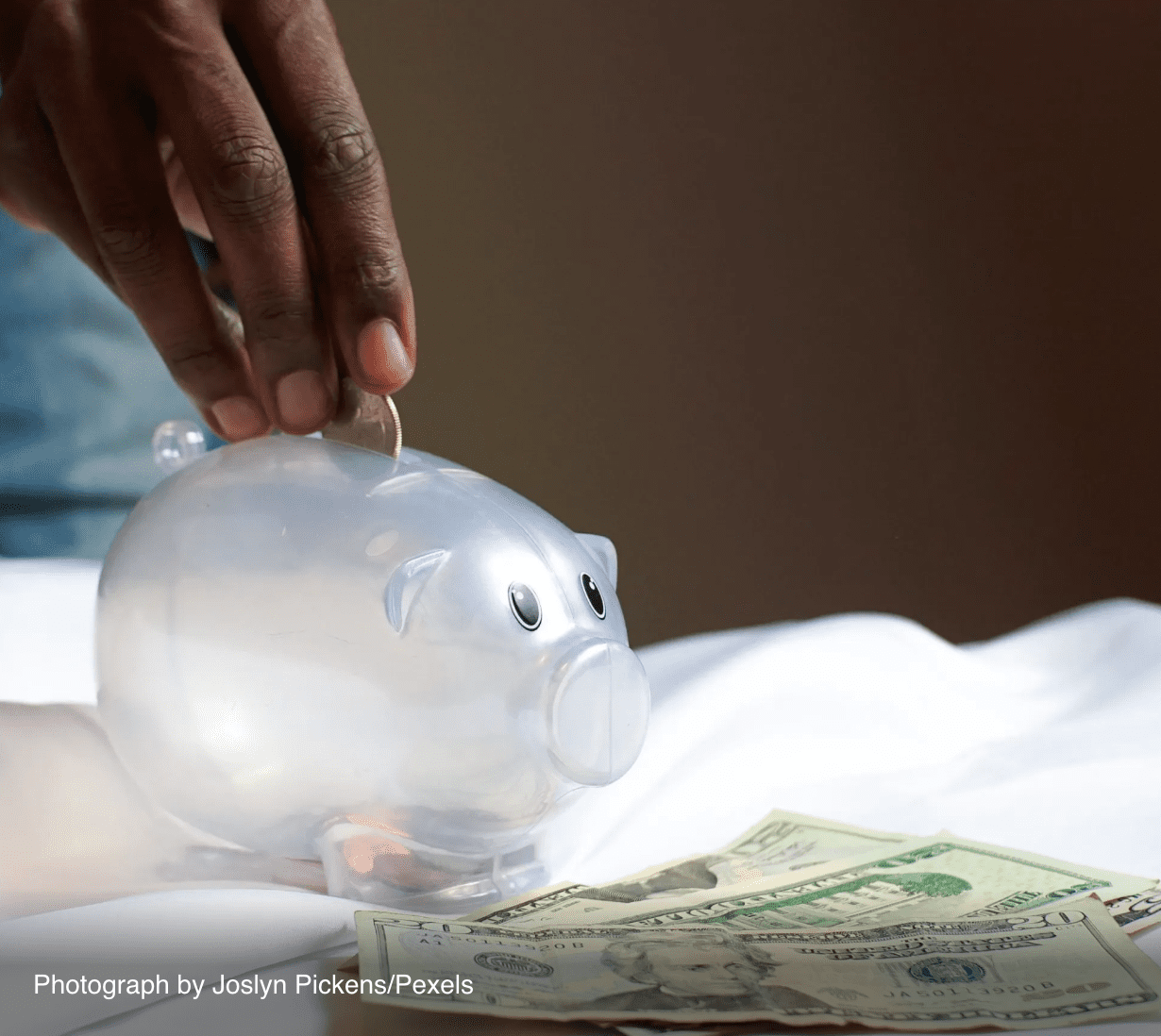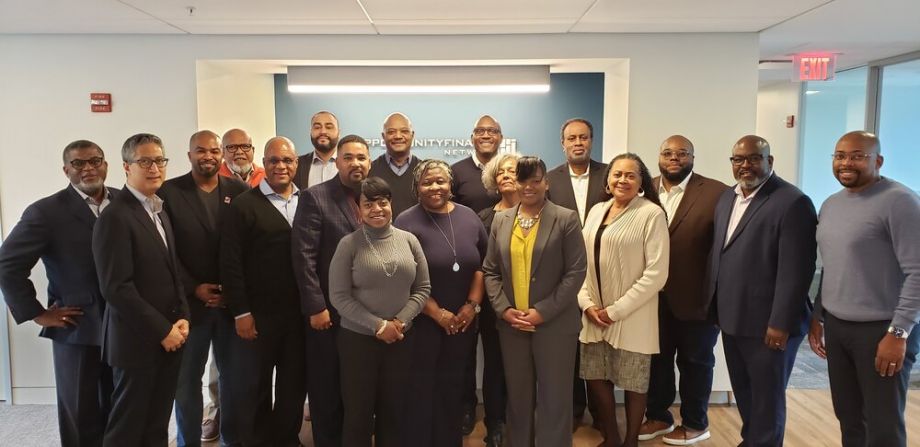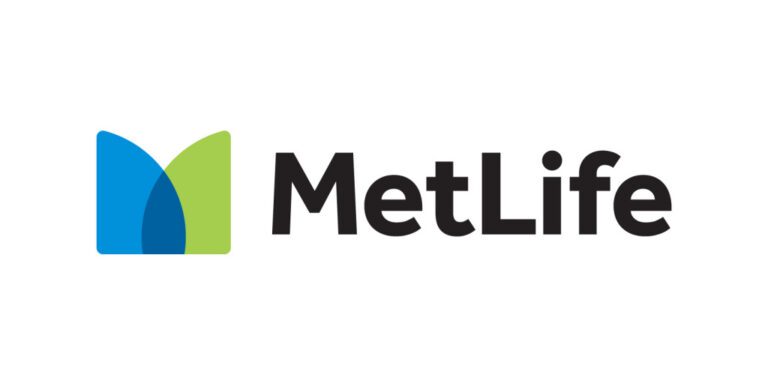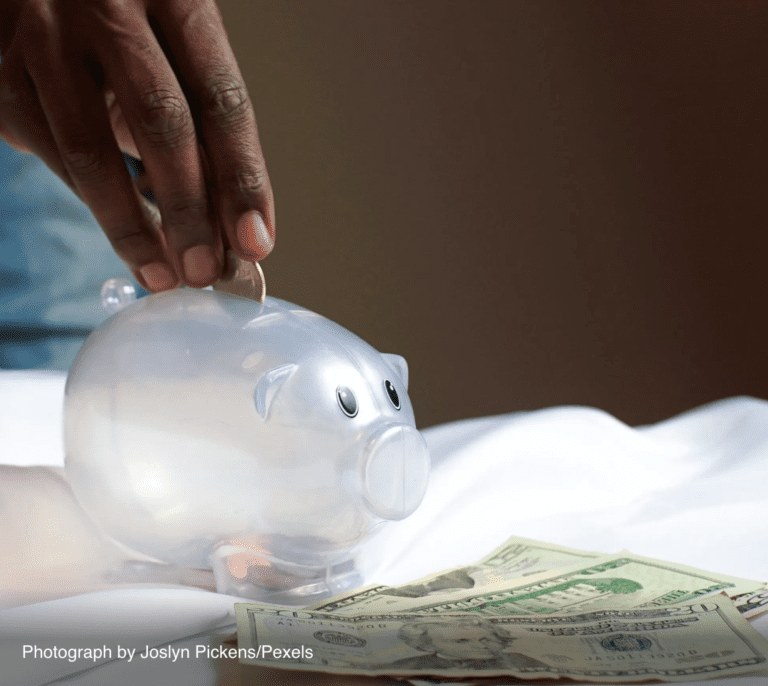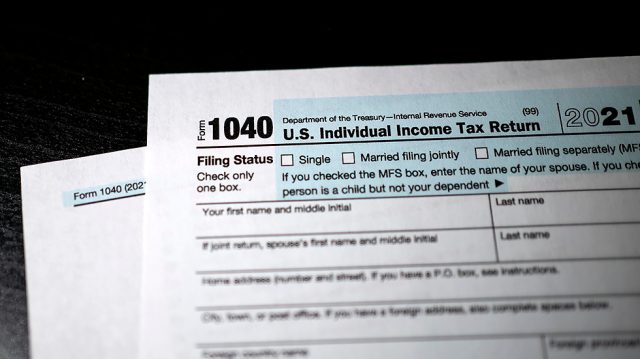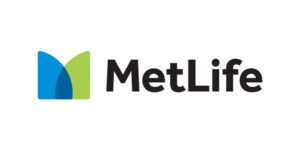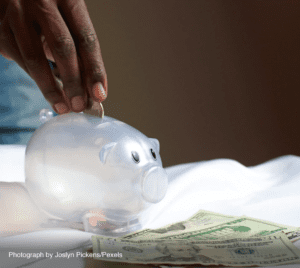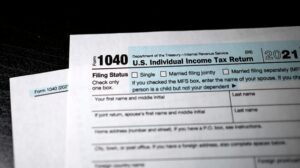Most see wealth inequality, especially between Black and white Americans, as too long-standing and intractable to be solved in any meaningful way. Lenwood V. Long, Sr. isn’t one of them.
RELATED STORIES
The 77-year-old has dedicated much of his professional life to community economic development and in 2018, the North Carolina native helped found the African American Alliance of CDFI CEOs. It’s the first organization designed to harness the experience and intellectual capital of black-led CEOs to use CDFIs to try to help shrink the racial wealth gap. The advocacy group scored one of its biggest wins last summer. Joining with organizations like the NAACP, the Alliance successfully urged the Small Business Administration to allocate $10 billion to CDFIs in the later rounds of the Payment Protection Program.
Their challenge is beyond daunting. As of late 2019, the top 10% of households held 70% of the nation’s wealth, leaving just 2% for the bottom 50%. The pandemic only widened the disparity and has thrust the work of the Alliance to the forefront of the fight against wealth and racial inequality as billionaires have seen their wealth soar by $1.5 trillion since the Covid-19 pandemic. The wealth inequality between black and white households remains as wide as the Grand Canyon: In 2016 the estimated median wealth for a white family was $171,500, a whopping 10 times that of a Black family’s.
Long, who is also president and CEO of the Alliance, spoke with us about what motivated his life-long fight against wealth inequality, the main challenge CEOs in his Alliance are facing and why CDFIs might be the best-kept secret weapon in helping to close the wealth gap.
You’ve been in the community development business for a while. What motivated you to engage the issue of trying to close the wealth gap?
I have a passion to help people, specifically (dealing with the) deprivation of African Americans and the disparity (between Black and whites) that has been in play for years. I must confess that part of what drives me is my own deprivation when I lived in segregated North Carolina. I reflect around those dark days of segregation in American history. And I said, if I ever got a chance to add value to humanity, for the cause of Black people, I would want to do it.
The mission statement of the Alliance is to try to help shrink the gaping wealth gap between Black and white people. That’s a pretty tall order. The gap is still wide.
You find more than one person who’s willing to work together toward a common mission. We are one of the rowers in a canoe and we can row hard to keep the movement going. It’s moving forward on the combined effort of the whole team. We’re moving together in conjunction with Black, brown and white organizations that are working toward the same goal.
What has the Alliance been able to accomplish as a collective that they couldn’t individually?
I’ve been more encouraged than discouraged. I’ve been encouraged by the response of Black-led CDFIs coming together. We went from about 21 members in 2018 when we first met in Raleigh, North Carolina, to 56 members today. There is power in collaboration.
Well, power as in getting funding for CDFIs in the PPP program?
Yeah. Main Street had been neglected in round one of PPP lending. And in round two, you saw the largest increase in funding for CDFI funds in its history.
Congress didn’t have any incentive to allocate funds to CDFIs. There was an educational effort to make Congress aware of the kind of work CDFIs were doing and how valuable they are to any economic development strategy, nationally and statewide.
There’s also a wealth gap in the CDFI space, right? Black-led CDFIs have six times fewer assets than their white-led counterparts. Do CDFIs, overall, need to do a better job of marketing themselves?
I tell folks CDFIs are the best-kept secret in closing the wealth gap. If you have Black business receiving sufficient capital, they create more economic development in the community. Black businesses tend to hire Black people, mostly, and they’re paying livable wages. You can see this domino effect. But we don’t need to be a secret. The reason we don’t have the marketing budget that some of these folks have is because we’re about the business of service instead of spending money on TV and radio.
What are the challenges CEOs in your Alliance are facing? Any new trends or ideas you’re pursuing?
We have two initiatives that we are implementing. One is the African American Equity Impact in October which measures the impact of investments that are made in Black communities, measured in five areas, such as leadership, equity, and economic and job creation.
We started a woman’s initiative earlier this year, because women face the double whammy of race and gender. We have 22 women-led CDFIs. We have a program specifically designed to develop the capacity, capitalization and technology development of women in our network. We’re excited about these initiatives; we just finished our strategic plan. We’re excited about the three pillars of that plan, dealing with capacity, building bridges and power to influence legislation.
The big challenge isn’t getting debt capital but equity. If you want to see Black-led CDFIs scale and become more self-sufficient, it’s going to be putting more equity investment into them. And that’s where we see opportunity for more engagement from financial institutions and private corporations.

This story is part of our series, CDFI Futures, which explores the community development finance industry through the lenses of equity, public policy and inclusive community development. The series is generously supported by Partners for the Common Good. Sign up for PCG’s CapNexus newsletter at capnexus.org.
CAN WE DEPEND ON YOU?
A message from board member Lynn. M. Ross:
Let’s get back to normal. You’ve probably heard that more than a few times as we continue navigating life in an evolving pandemic. But the normal in The Before Times wasn’t so great for far too many people and communities. A return to that normality means embracing deep inequity and injustice as tolerable features of city life and city-building practice.
That is unacceptable. It’s not a return to normal that we should desire or work toward. Instead — especially as community changemakers — we should chart a course for a future that is equitable, just, and humane. Our team at Next City — board and staff — have spent the last several months thinking about that future and articulating our role in helping to shape it. Today we’re sharing a new strategic plan that boldly affirms our commitment to the diverse changemakers, like you, who are working to liberate our cities from oppression and to the high-quality solutions journalism essential for informing that work.
Christopher C. Williams is a New Jersey-based freelance financial writer. He worked for many years with Dow Jones Newswires and Barron’s Financial Weekly and has contributed to publications including the Wall Street Journal, The New York Times and Essence magazine. He focuses on the intersection of business, economic equity and racial justice.


